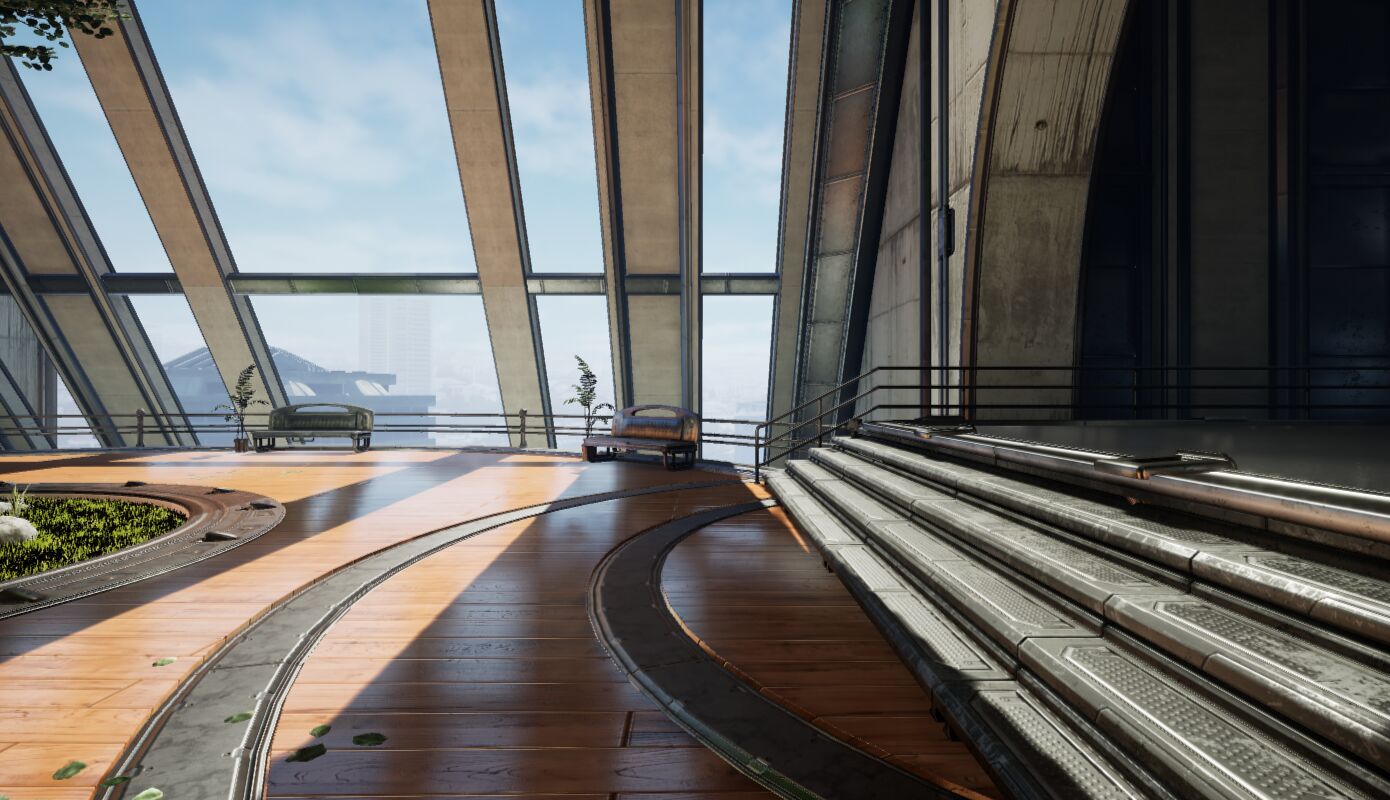Choose your operating system:
Windows
macOS
Linux
The Unreal Engine Mobile renderer provides a separate rendering path from the desktop and console renderer, optimized for mobile devices such as mobile phones and tablets. This renderer can be configured in a variety of ways to suit specific devices and applications. This page provides a reference for where those options are and how to configure them.
Feature Levels
The basic Feature Levels for Mobile are as follows:
|
Feature Level |
Description |
|---|---|
|
OpenGL ES 3.1 |
The default feature level for Android devices. You can configure the material settings for this feature level in Project Settings > Platforms > Android Material Quality - ES31 . |
|
Android Vulkan |
A high-end renderer available for some specific Android devices. For more information on how to use Vulkan in your projects and what GPUs support it, see our guide on the Android Vulkan Mobile Renderer . |
|
Metal 2.0 |
The feature level used for iOS devices. You can configure material settings for this feature level in Project Settings > Platforms > iOS Material Quality . |
Support for advanced Mobile rendering features varies depending on which Feature Level your application is using. Refer to each feature's documentation in the Mobile Rendering Features section for more information.
Using Deferred Shading (Experimental)
Deferred shading provides support for high-quality reflections, multiple dynamic lights, lit decals, and other advanced lighting features that are not normally available in the default forward rendering mode for Mobile.
To enable Deferred Shading, add the following CVar to your
DefaultEngine.ini
:
[REGION:codetitlebar]
DefaultEngine.ini
[/REGION]
`r.Mobile.ShadingPath=1`Using the Desktop Renderer on Mobile (Experimental for Android, Beta for iOS)
Unreal now provides forward and deferred desktop renders for iOS devices and Android devices using Vulkan. This functionality is currently Experimental for Vulkan, and Beta for iOS.
-
The iOS implementation is considered Beta in terms of feature readiness.
-
The Android Vulkan implementation is considered Experimental.

The Infiltrator Demo running on iPad Pro with the desktop forward renderer .
To enable the desktop renderer for iOS, open your Project Settings, then navigate to Platforms > iOS > Rendering and enable Metal Desktop Renderer .

To enable the desktop renderer for Android Vulkan, navigate to Platforms > Android > Build and enable Support Vulkan Desktop [Experimental] .
You also need to set
r.Android.DisableVulkanSM5Support
to
0
to allow the use of SM5.

You must restart the Unreal Editor for your changes to take effect. You can then configure forward and deferred rendering features the same way you would in a desktop application.
For more information about these rendering options, refer to the Forward Shading Renderer guide .

